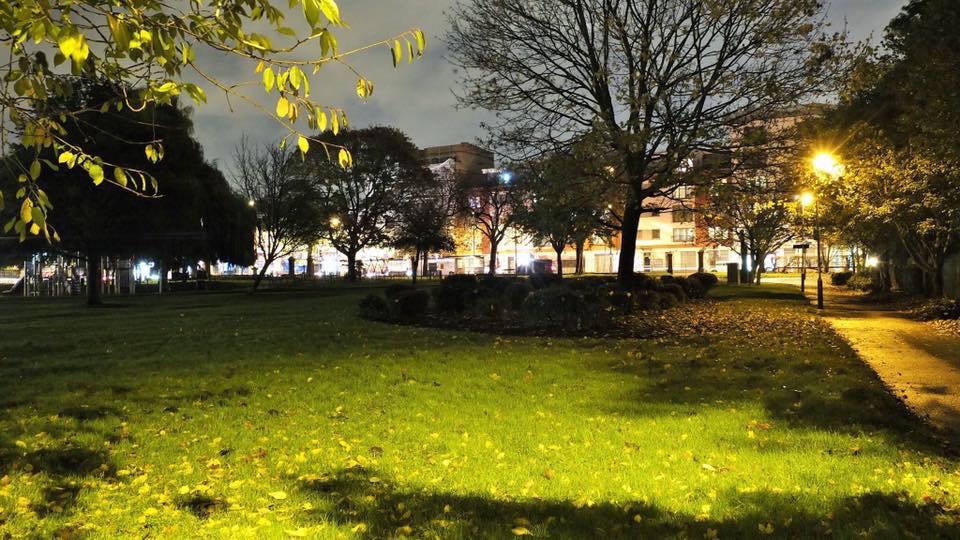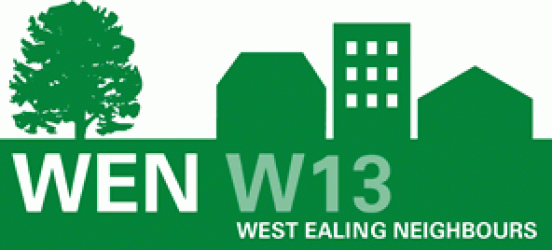The petition objecting to the proposed plans for the Low Traffic Neighbourhoods (LTN) has reached over 3,400 signatures. The LTN for the West Ealing area (map above) south from The Broadway to Blondin Park and west from Northfield Ave to Boston Road is due to be implemented mid-August. Some residents will be in favour of this LTN and others will be opposed. if you are concerned about this LTN then the statement below is from the petition and explains the reasons for objecting:
‘As local residents, we object to the proposed plans for the local Ealing LTNs. We intend to unite to oppose these plans and demand an opportunity to be consulted so that the final plans benefit all residents. Whilst we support the overarching objective of reducing traffic & improving the environment, we don’t believe this proposal is fit for purpose.
The essence of our objection is that:
The closure of local Distributor Roads will divert traffic onto narrower, quieter residential roads. This will add traffic onto these minor roads, reduce air quality and add dangers to residents and their children going about their lives.
The proposals have not been officially published for consultation and therefore the residents have not been afforded the chance to consider the matter. We deem this to be undemocratic, non-transparent, and a failure of the Council to serve the community responsibly.
We believe this lack of transparency has created much fear and anger in people.
We require the council to share with us the following:
*Objectives to the scheme
*Timelines of the overarching plan
*Maps of all proposed impacted areas
*Evidence based Data on traffic in roads in question.
*Impact assessments & Risk assessments which should include statements & assessments from London Fire services, emergency services & St John’s Ambulance
*Success criteria & measurements pre & post trials
*Consultation period dates & timings
Many proposed plans for the area we consider to be totally impractical and contravene the LTN objectives. Should the proposed plan be submitted and accepted in its current form, much of the traffic will struggle to flow bi-directionally, as many of the routes are too narrow. This is likely to create significant congestion which will increase engine idling and increase fuel consumption, thereby delivering a negative impact on the quality of air.
We are also concerned that congestion/road blockages may cause problems for emergency service access. We have many elderly, vulnerable residents in poor health, with an increased dependency on emergency and medical services during this COVID 19 pandemic, when timely interventions can be critical. We believe this plan to be completely ageist & discriminatory against at least 20% of Ealing’s residents. Along with our concerns for the emergency services (fire & ambulance), we worry the impact this scheme will have on our public services and the access they require weekly to conduct their duties. The current scheme makes no provision for an alternate route for traffic to enter or leave the area. Thus, at least every week, when said public service vehicles perform their duties, all impacted residences will be placed in gridlock with little or no vehicular access.
We also object to the plan to implement this without proper consultation. We have been informed that there will not be a consultation period before this trial starts, but a review conducted post trial. This is totally undemocratic and will cause 6 months of stress and chaos for a huge proportion of residents at a time (Covid-19) when many are already suffering hugely. We do not accept that it is democratic for consultations to start only after the scheme/trial has been implemented. We believe that you are abusing emergency measures which were intended to solve far greater problems than local ‘rat-runs’.
In summary, whilst we support the overall objective to reduce traffic and improve our environment, we demand an opportunity to have all plans for the area (8 LTNs) shared with us and resident’s agreements sought, prior to implementation.’



The worst aspect of this plan (and there are many bad points, as other residents will point out) is that it will cause more traffic to use the boundary roads which are already busy and far more polluted than the roads inside the LTN. The roads on the boundary are also homes to thousands of people who are being ignored by those implementing the scheme and whose quality of life and health are further at risk. The powers that be appear to be either oblivious to these residents’ existence, or just don’t care for their health and quality of life. It is not even clear if we will ever be consulted about the scheme because we don’t live in the LTN. Pollution in these heavily residential, heavily trafficked boundary streets will get worse. Even Living Streets’ literature acknowledges that congestion on the busier boundary streets will get worse. Any increase in pollution is unacceptable because the pollution levels are already too high. Yet we are expected to take a leap of faith that traffic will just evaporate. This is not something to experiment with for six months at the expense of those who will be the worst affected. It is morally reprehensible for the powers that be to force more pollution on people already living with high levels of pollution. Not only will residents on the boundary roads suffer from worse pollution and congestion, but shoppers and workers on those roads will be affected, too. Many of those will be lower paid workers who contribute to our retail scene, and independent shop owners who work long hours on these roads. West Ealing Broadway is home to hundreds of people – including an increasing number of children – and many more large apartment buildings are planned. Now is not the time to implement a scheme which will reduce the quality of life for those who live, work and shop on the road. A great flaw in the LTN way of thinking is that it does not consider those who live on the boundaries of the zones, and whose quality of life will be reduced by the knock-on effects of the zone being implemented. Our lives are on these roads, increasingly so, as people are also working from home more and home schooling due to the virus. The ill effects of the extra pollution may only become obvious after years have passed and those that have implemented the LTNs have moved on, but what kind of legacy will that be, extra early deaths due to toxic air? Who will be held accountable? This scheme is very detrimental to the less well off who live on busier roads and it will increase social inequality. I urge anyone with a social conscience, and who cares about their neighbours and businesses on the busy boundary roads, to oppose this unnecessary, punitive scheme.
Completely agree with you Allan. I had such a ridiculous time yesterday just trying to get home to my road yesterday which normally would be easy from Northfields avenue but I ended up being detoured all the way to Hanwell. What the heck is going on with Ealing Council? Do they not understand that people can’t even get home with thus weird arrangement.
Can we use this blog to form a more structured Neighbourhood Group for West Ealing – with a couple of street reps for each street so we can organise ourselves ?
Yes, by all means though our Facebook page may be a better place for this idea. If you want to email us at westealingneighbours@gmail.com we can see how best we can help.
I am the resident of Erlesmere Gardens . The Low Traffic Scheme would actually cut the access for me to Ealing and Northfields for the surgery , chemists supermarkets and others . It would extremely complicate my life
Yes it did this to me yesterday. With their ridiculous trial run. Sounds like a nightmare of hell for the next few months for all of us.
I just cannot believe what the council has done to the roads in the Northfield’s area. For me to get to Elthorn Park Surgery it will be three miles instead of one.
Have they considered that there are four big schools in the Swyncombe Avenue area (The only road that can be used to get from Northfield’s Avenue to Boston Manor Road.
They will not succeed in reducing traffic but could hold it at its present level by NOT granting planning permission to endless blocks of flats and home extensions. With each accommodation having at least one car.
It might be manageable now because schools aren’t open yet and people are working from home.
If the council has money to spare perhaps they should consider fixing our pavements and filling the potholes FIRST.
Its effect just seems to unnecessarily disperse local traffic causing slow longer journeys and heavier congestion on main roads than usually experienced resulting higher levels of pollution. The council members should consider the law of unforeseen consequences when planning including their own re-election.
Two weeks ago I placed an on-line supermarket order. When the delivery time came, the driver calls saying that he’s been driving around for 20 mins trying to get to my house and will have to cancel the order as he can’t get to me. So, I ended up getting into my car, driving to the barrier where the driver was stuck (from the opposite direction) and off-loading groceries from his van into my car over the barriers. Four weeks into the new traffic regime, I regurlarly see cars and delivery vehicles driving in circles, heavy good vehicles reversing up and down the road on daily basis, roads being completely blocked by the council recycling vehicles so nobody can get in or out of the area. Boston Manor traffic to and from the Ealing Hospital is now backing up to Wickes. How is this reducing traffic and pollution and helping the residents of Ealing and Hanwell?
This scheme is causing untold stress to many people. On my daily dog walk I have several times given direction to drivers who are going round in circles trying to find a way to their destination. The congestion on the Boston Manor road yesterday afternoon was 1.6 miles long The pollution and delays on the main roads that we are directed to use is increasing as people return to work. To reduce traffic in local areas is not the solution, opening up roads to give more options spreads the traffic out.